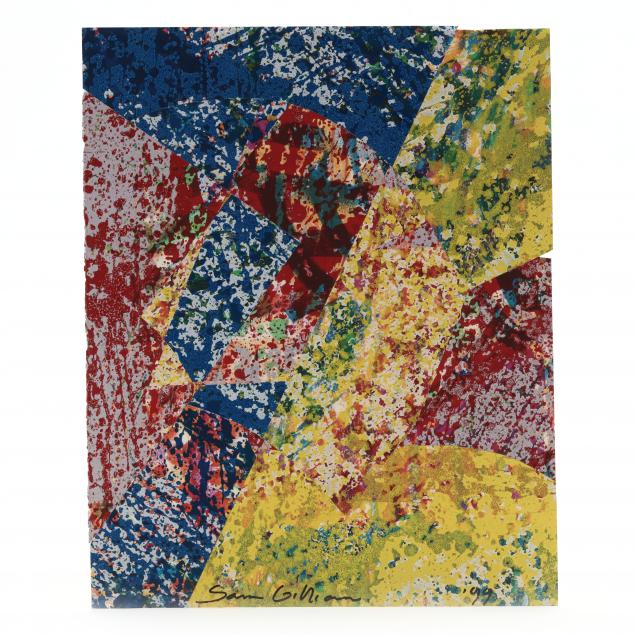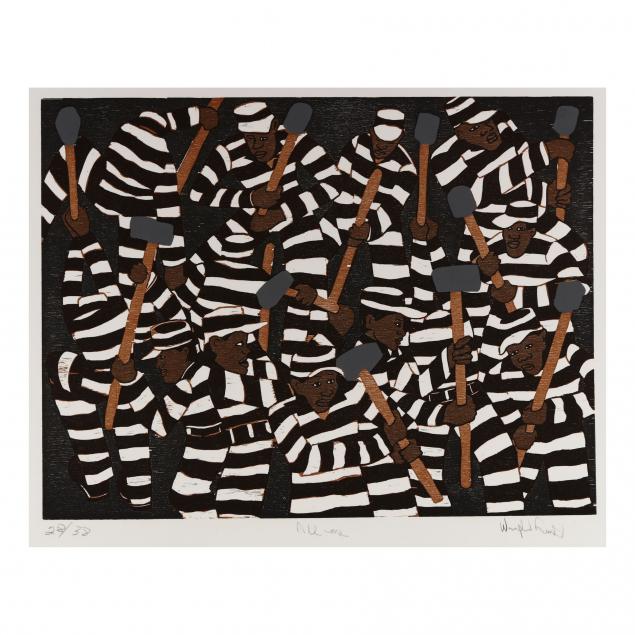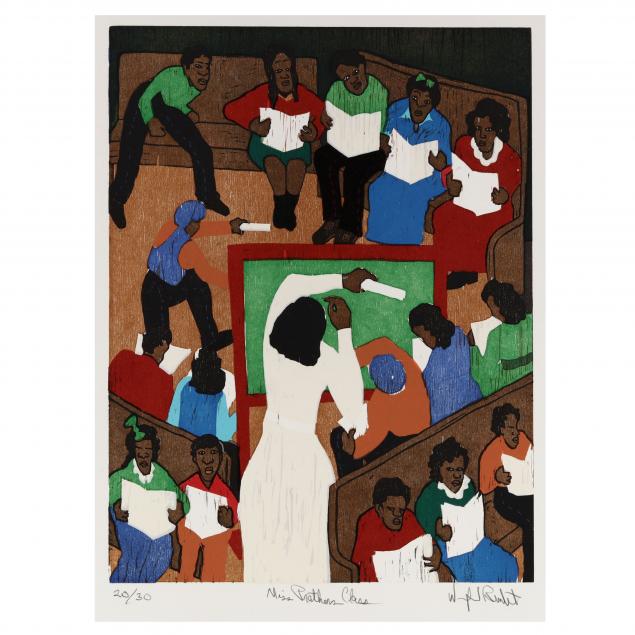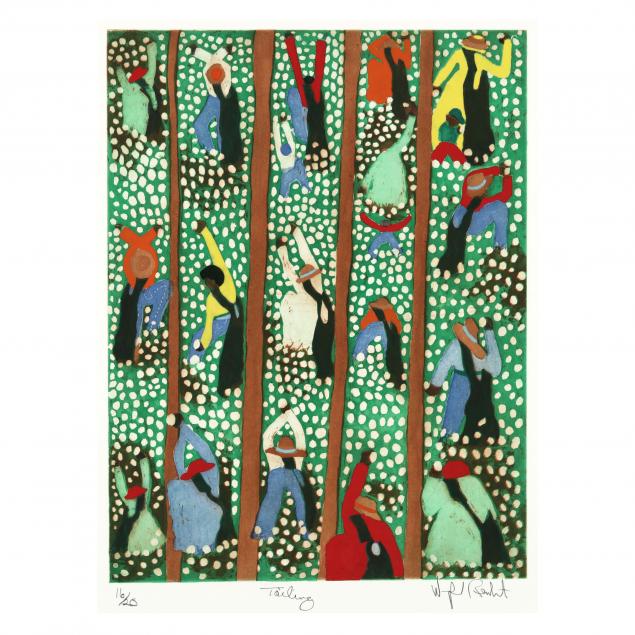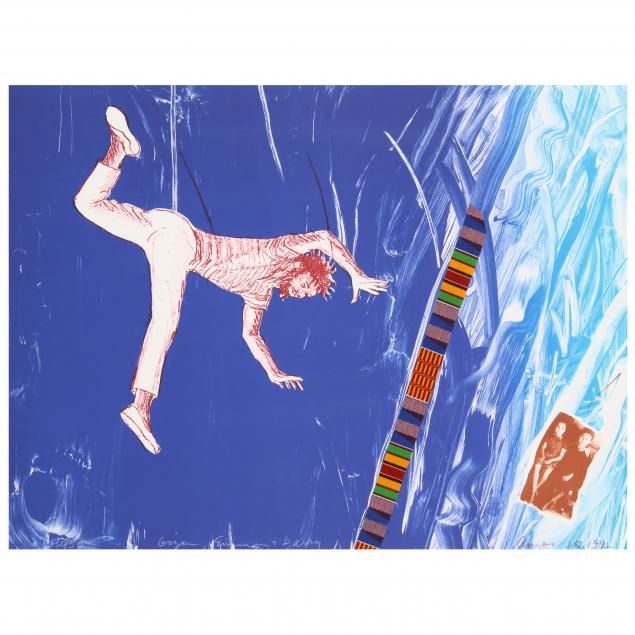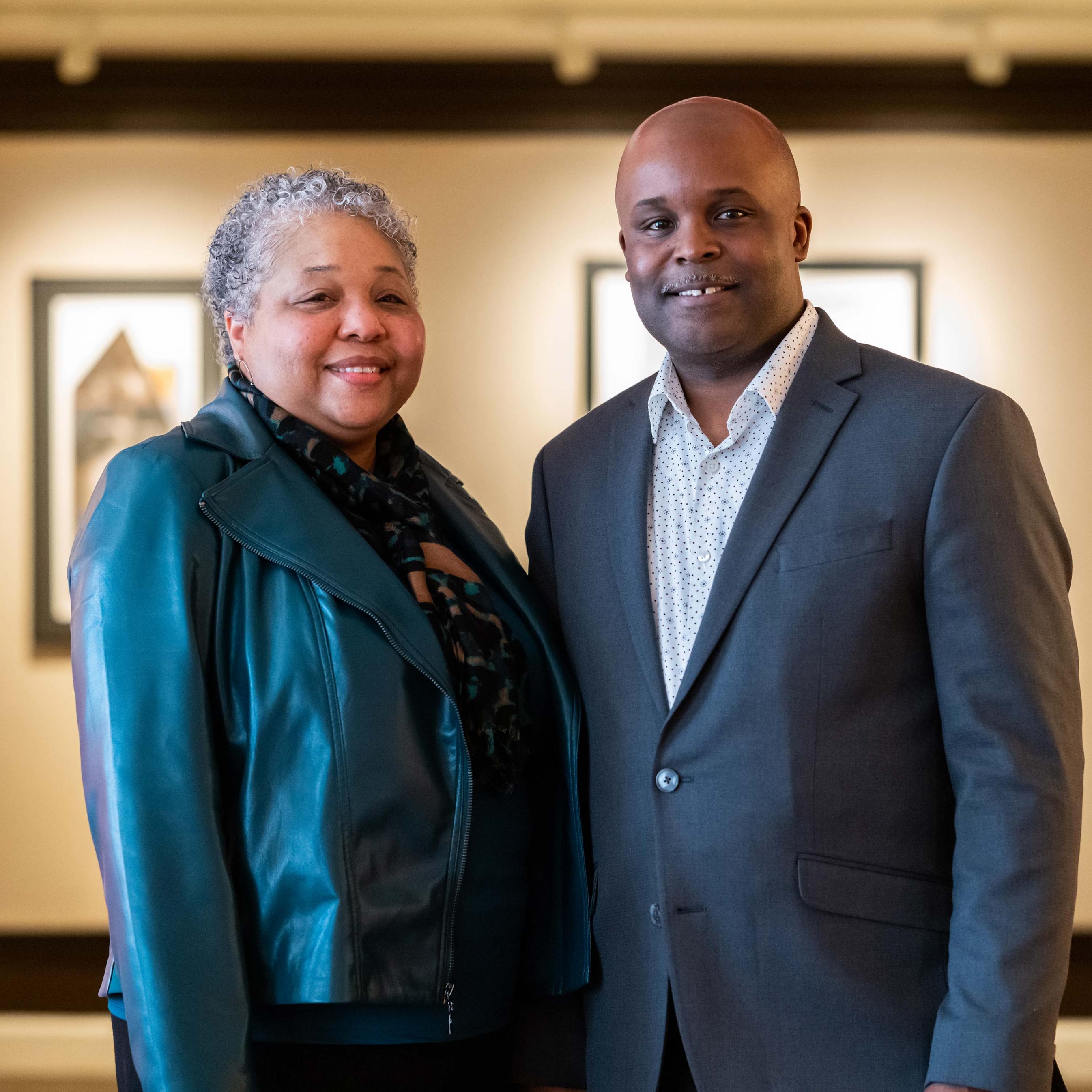
The Anthony & Davida Artis Collection of African American Fine Art
Anthony & Davida Artis base their art collection on the three things that are most important to them: faith, family, and African American faces.
Through this distillation of their collecting priorities the Artis’s have brought together works that foreground minority stories and artists, predominantly African American. It is the Artis’s goal to use their collection as a tool to encourage people not only to engage with African American Art, but to become collectors themselves, of artwork that tells the stories that move them.
Anthony Artis had to be led to his love of art. In the mid-2000s, Artis was a former stockbroker working as the Program Officer at The Ruth Mott Foundation in his home of Flint, Michigan, when the curator of The Mott-Warsh Collection, Camille Ann Brewer, told him he could choose art from the collection for the office. Artis wasn’t particularly interested, so he let Brewer choose for him. She hung pieces by Elizabeth Catlett, Charles White, and Jacob Lawrence. Artis looked at the Lawrence and had the classic art novice reaction: he thought “my kid could make that.”
Anthony Artis had to be led to his love of art. In the mid-2000s, Artis was a former stockbroker working as the Program Officer at The Ruth Mott Foundation in his home of Flint, Michigan, when the curator of The Mott-Warsh Collection, Camille Ann Brewer, told him he could choose art from the collection for the office. Artis wasn’t particularly interested, so he let Brewer choose for him. She hung pieces by Elizabeth Catlett, Charles White, and Jacob Lawrence. Artis looked at the Lawrence and had the classic art novice reaction: he thought “my kid could make that.”
But Brewer encouraged Artis to learn more about Lawrence and the artwork, which was a depiction of Toussaint Louverture, the leader of the Haitian independence movement during the French Revolution. When Artis discovered that Lawrence was the first African American artist to ever be represented by a New York gallery, and that Toussaint Louverture was a hero of black history, his resistance started to crack. Both this art and this artist told stories of which Artis knew the world needed more: Black triumph in the face of overwhelming prejudice and unfavorable odds.
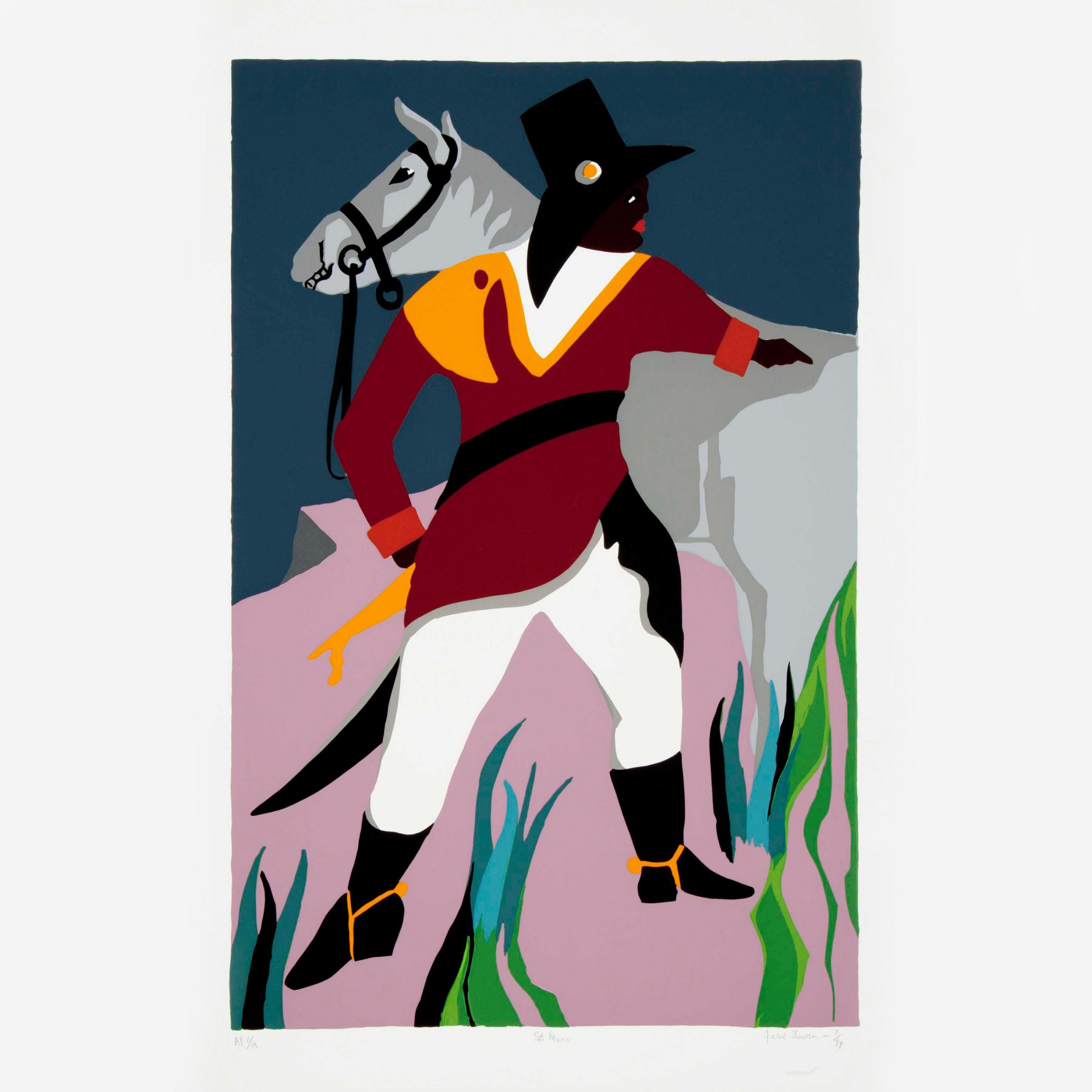
Jacob Lawrence, St. Marc, 1994
All three artists from the Artis Collection whose work is being offered in The Signature Summer Auction have roots in the American South. Part of Anthony and Davida’s motivation to sell these works at Leland Little is to reintroduce them to the art market in the region that informed their work. They are eager for these artists to find the recognition in the South that they have had elsewhere.
Winfred Rembert
Anthony & Davida were unfamiliar with Winfred Rembert and his artwork when they were first exposed to it at an exhibition. But when they came across him signing autographs, Anthony says that his first impulse was to give Rembert a hug. Rembert and his work had that effect on a lot of people. We challenge anyone to watch him show off his collection of Star Wars action figures in this short documentary by The New Yorker and not feel the same.
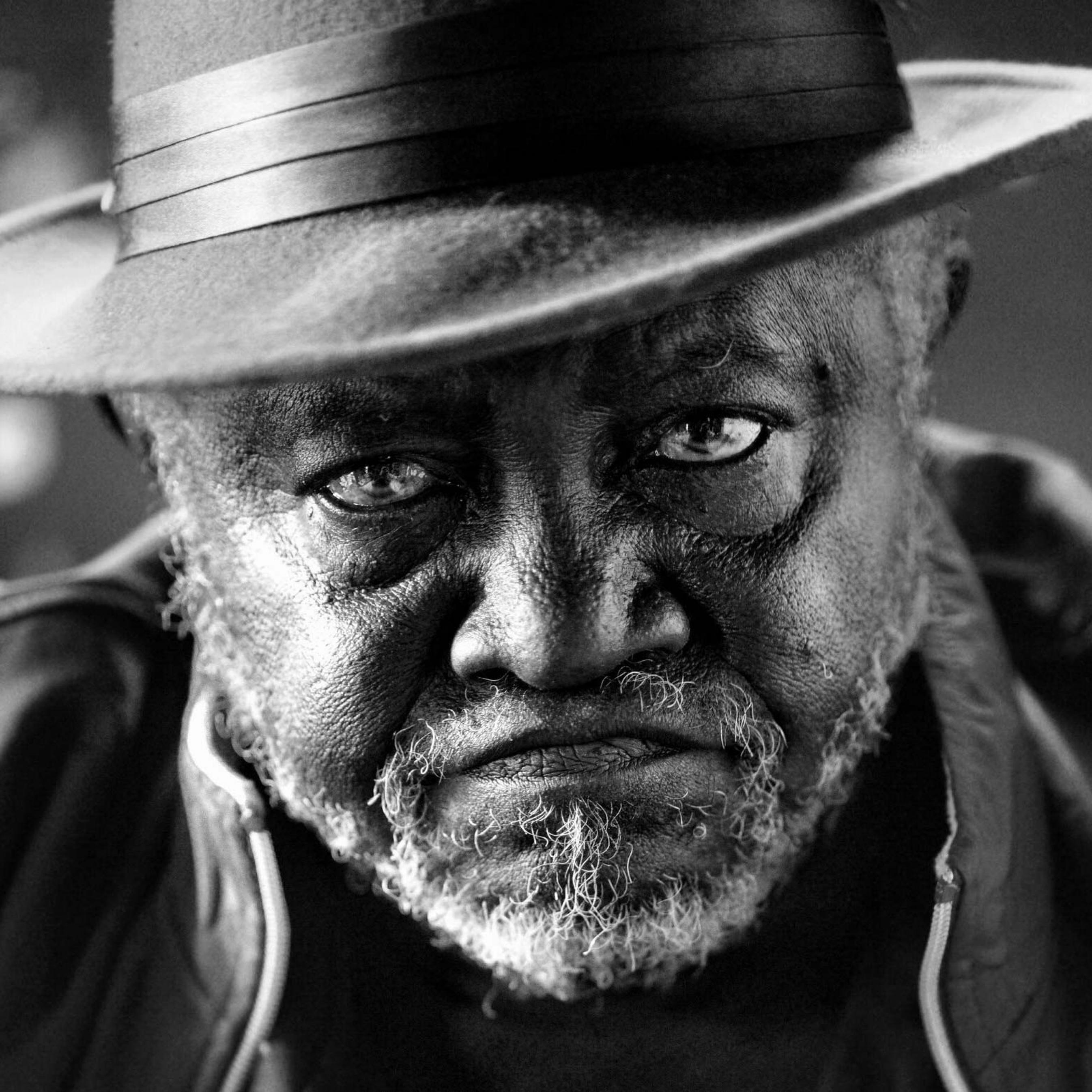
Photo by Renan Ozturk
Rembert, who was born in Cuthbert, Georgia, in 1945, passed away just two months ago, on March 31, 2021. When he was 19, he was arrested for participating in a civil rights protest, and then was lynched when he broke out of jail. Unbelievably, he survived both the lynching and the seven dark years that followed, doing hard labor on a chain gang. He describes those years as the worst of his life.
Many years later, with his wife Patsy’s encouragement, Rembert turned his painful memories into art, using techniques for carving and dyeing leather that he learned in prison from a fellow inmate. Most of his works are tooled leather, but he also made a number of works on paper, which he often hand-colored to make the impressions unique. We offered three of these prints by Rembert from the Artis Collection in The Signature Summer Auction.
Sam Gilliam
Sam Gilliam is one of the most important post-war African American artists. Born in Tupelo, Mississippi, he was raised and went to school in Kentucky, and moved to Washington D.C. in 1962, where he has worked and lived ever since. Associated with the Washington Color School, he became known in the 1960s for his “drape” paintings, which were inspired by the washlines he saw hanging from his studio window.
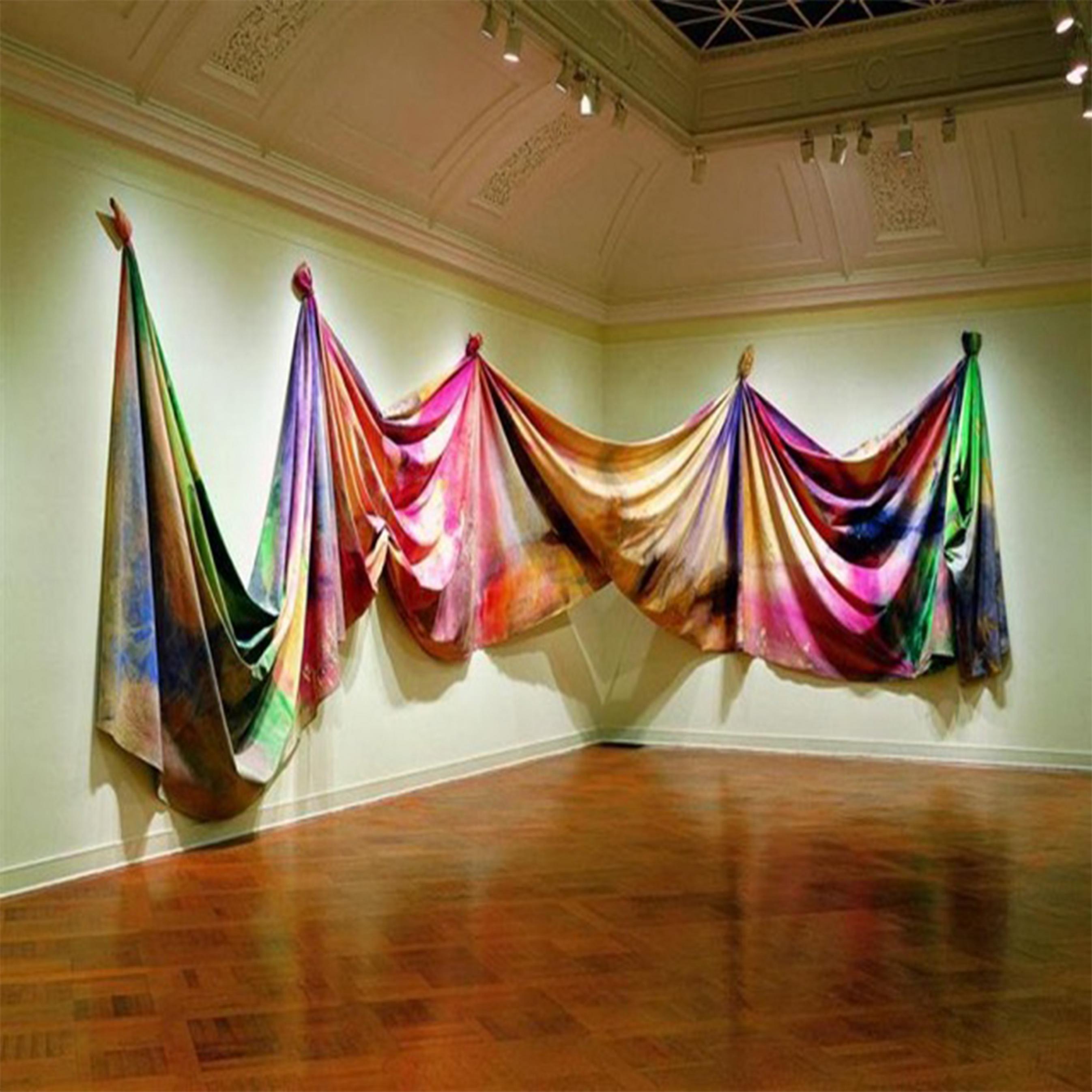
Sam Gilliam, Light Depth, 1969
For the "drapes," Gilliam painted unstretched canvases and draped them in large-scale installations. He has continued to develop his own unconventional techniques throughout his long career, as seen in the monotype printed on a collage-like base offered in The Signature Summer Auction. Gilliam’s work will be the subject of a major retrospective at the Hirshhorn Museum and Sculpture Garden in Washington, D.C. in 2022.
Emma Amos
Emma Amos lived and worked in New York most of her adult life, but she was born and raised in Atlanta, Georgia. Though the city, including the schools Amos attended, were segregated during her childhood, she found refuge and hope in the arts. In the artist’s statement on her website, Amos said that “I hope that the subjects of my paintings dislodge, question, and tweak prejudices, rules, and notions relating to art and who makes it, poses for it, shows it, and buys it. The work reflects my investigations into the otherness often seen by white male artists, along with the notion of desire, the dark body versus the white body, racism, and my wish to provoke more thoughtful ways of thinking and seeing…
...I am interested in who gets acclaim for showing what, and in what being called a “master” often means. I also want people to learn to feel my distaste for the notion that there is “art” and “black art.” Yes, race, sex, class, and power privileges exist in the world of art.”
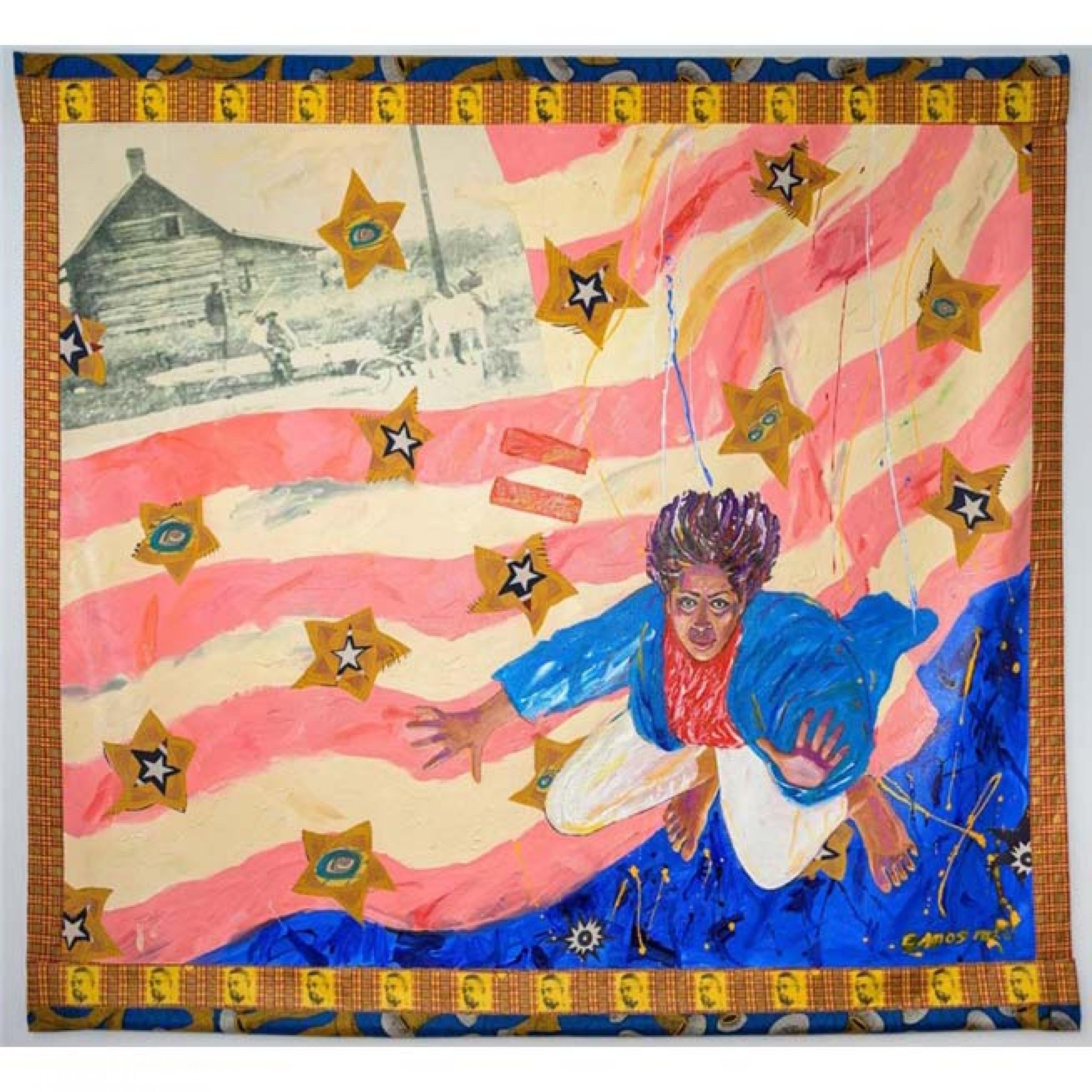
Emma Amos, Equals, 1992


